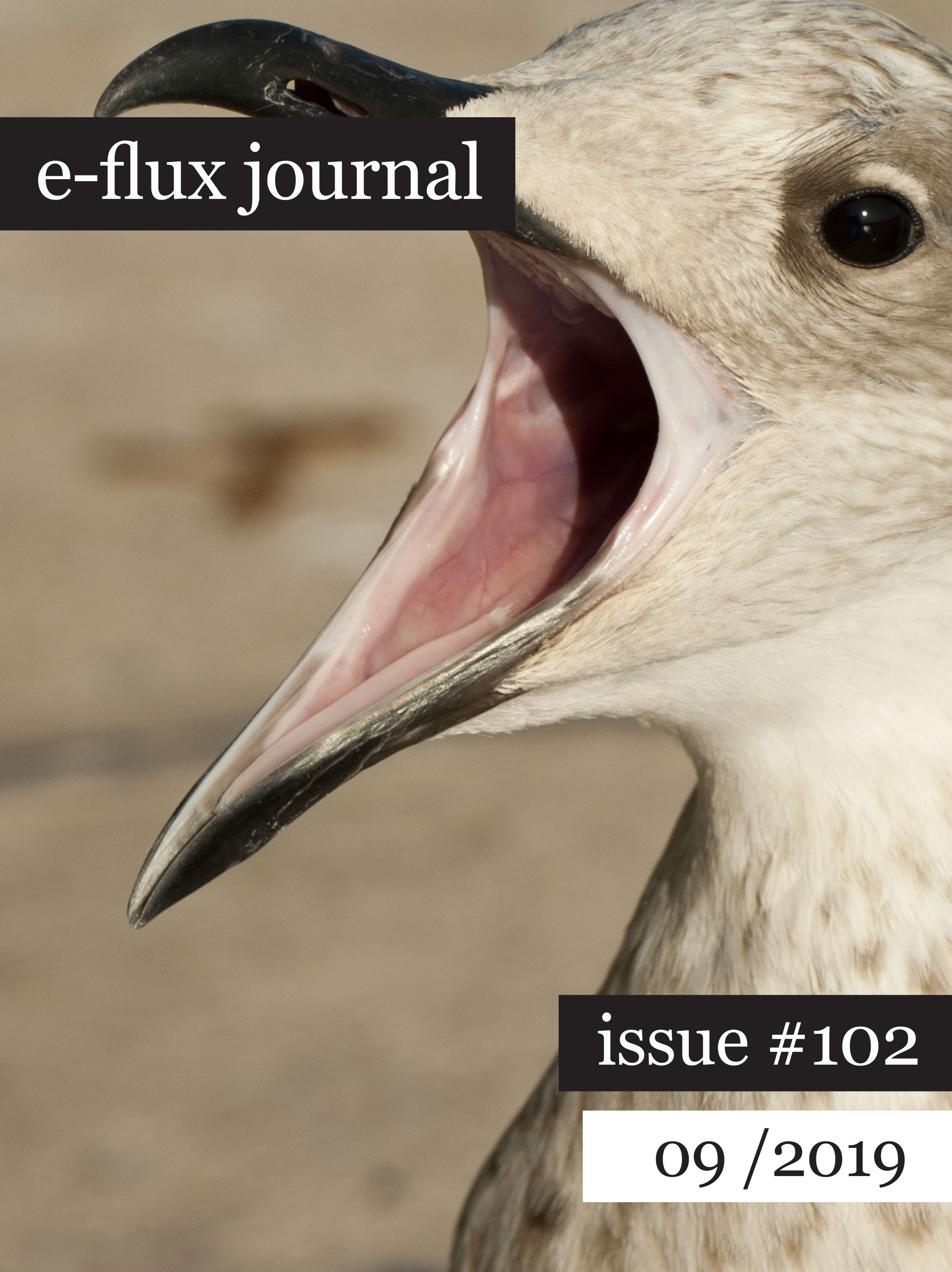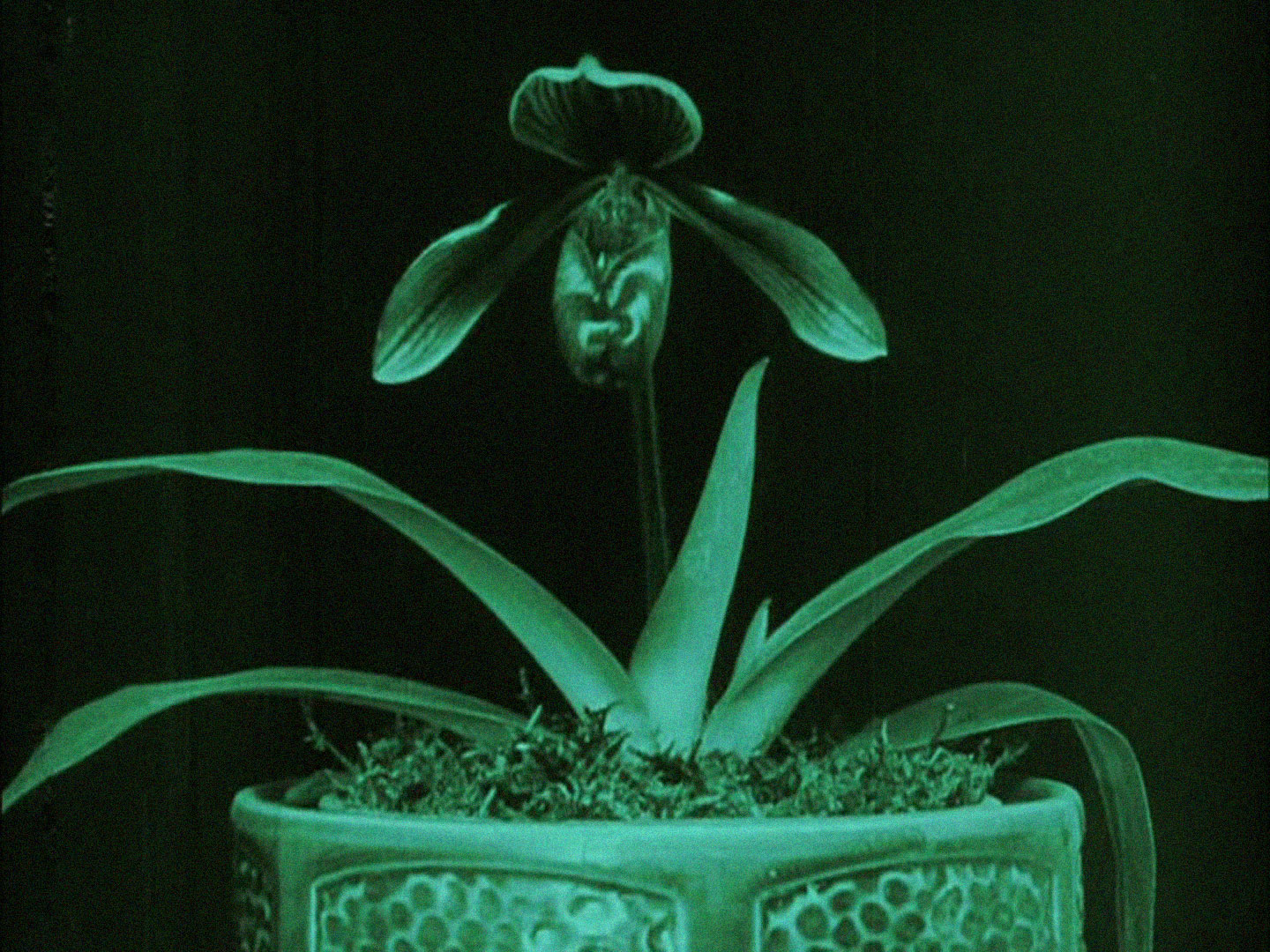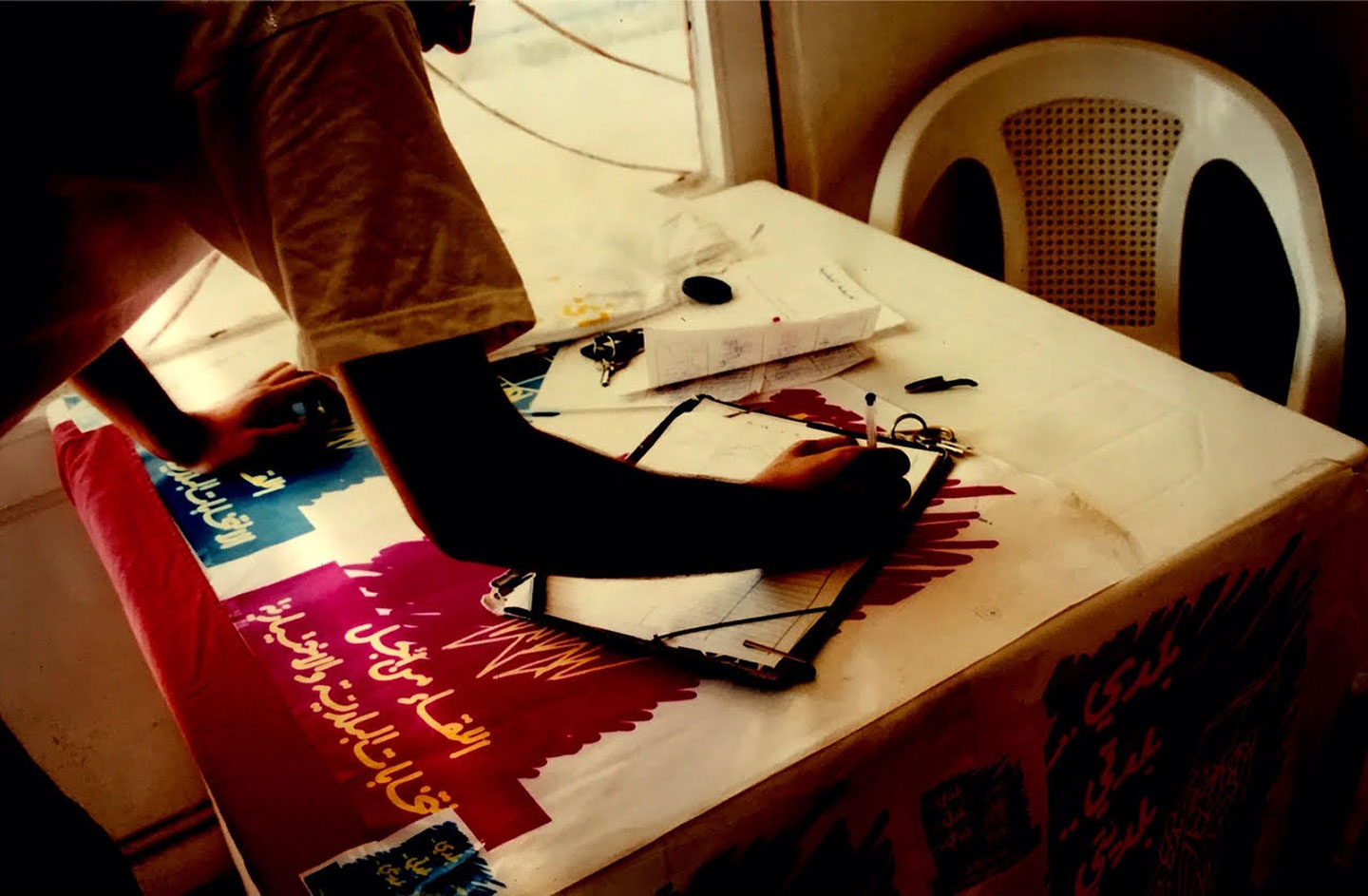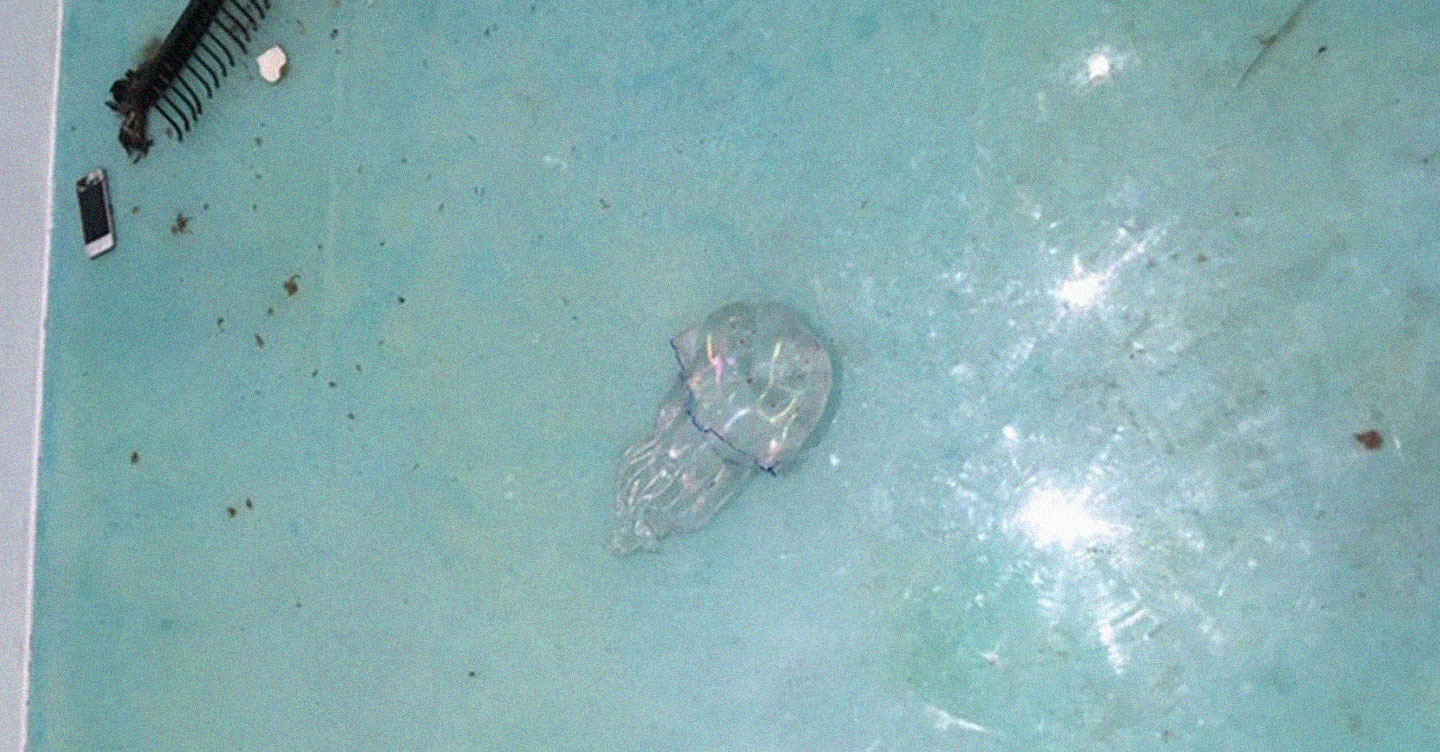But a bird in flight has no idea of the shape of its flock. The idea of a flock emerges from creatures that are completely unaware of their collective form, of its size and formation. A bird that joins a flock is blind to the grace and cohesiveness of the geometries of flight. After their flash action, those kids return to their daily activities. They do their homework and curl up in front of the TV to watch a reality show. The brain of a bee can remember things for six days, but the beehive as a whole has a memory of three months, which is twice the average life span of a bee. Ah, I forgot—producing a single spoonful of honey takes the entire life span of twelve bees. Think of that the next time you spread honey on a piece of toast. Think of it, my friend.
Federica showed up for her appointment with the person who had agreed to purchase her soul. Thus begins Franco “Bifo” Berardi and Massimiliano Geraci’s novel Morte ai Vecchi (Death to the old), in which a device called KapSoul delivers “waves of empathic excitement” to young people before they descend into orgiastic violence against the elderly. The first serial installment of the translated novel is published in this issue of e-flux journal, with further installments coming in the near future.
The word “propaganda” originates from biology, literally referring to the reproduction and duplication—the propagation—of plants and animals. In this time of catastrophe on earth and corporate and nationalist schemes to export that very same catastrophe to other living worlds, Haraway’s rethinking of propaganda offers a precondition for collective survival and the perseverance of new socialist forms of living. Neo-constructivist, cosmist, and assemblist training camps and biospheres: these are the terms for a morphological vocabulary of a hyperempathic propaganda art that makes living worlds of comradeship in deep past, deep present, and deep future imaginable and realizable.
The mediated, sentient, and intelligent plant potentially invites us to think about nature, plants, technology, and ourselves-as-humans in different ways. As plants in particular are revealed as agentic, intentional beings, the mediated plant potentially invites us to develop more caring, attentive, and communicative attitudes toward the vegetal. In this way, the mediated plant can push us forward in the urgent “struggle to think differently” that Val Plumwood called us to join. Perhaps the mediated, sentient, intelligent plant can help us to queer nature, to queer botanics, to queer ourselves-as-humans as we “go onwards in a different mode of humanity.” But why to queer? Why not “simply” to “decolonize”?
The word “pretty” is pretty trans. The sense of the pretty as duplicitous connects to a particularly hostile attitude to trans women: that we are traps. That our pretty faces and bodies might hide dick. (The full Freudian catastrophe.) But what if this sense of the pretty was reversible? Perhaps what is pretty is not trying to hide anything. Perhaps what is pretty is instead displacing this whole idea of appearances as a cover for some essence. Perhaps what is pretty need not be seen as hiding something, as damaged goods, but as a gift, as offering the possibility of stepping outside of exchange value.
It may be a cliché to say that the past, from the perspective of the present, looks like a field of ruins for the historian to excavate. But our past, then, was literally a field of ruins, not for excavation, but for reconstruction and pillaging. We emerged from the civil war into a violent reconstruction process, governed by a postwar settlement that was characterized by “state-sponsored amnesia,” and a genuine desire to forget past horrors. We rushed into the future because we had no past, at least no past that could provide us with a sense of belonging, meaning, or continuity with what had come before. We were the product of a rupture, and we became the vanguard by default.
We would like to offer some initial thoughts on exactly how the art world can operate simultaneously as a dream of liberation, and a structure of exclusion; how its guiding principle is both that everyone should really be an artist, and that this is absolutely and irrevocably not the case. The art world is still founded on Romantic principles; these have never gone away; but the Romantic legacy contains two notions, one, a kind of democratic notion of genius as an essential aspect of any human being, even if it can only be realized in some collective way, and another, that those things that really matter are always the product of some individual heroic genius. The art world, essentially, dangles the ghost of one so as to ultimately, aggressively, insist on the other.
The times we are living in are indeed “interesting,” as the title of this edition of the Biennale states: they resonate with a city awaiting the verdict of the forty-third session of the World Heritage Committee, which will likely add Venice to its List of World Heritage in Danger. Venice’s livelihood comes precisely from what is killing it (biennials included): if tourism were regulated, the economic survival of the city would be at risk; at the same time, if it continues to impact the environment of Venice the way it does now, the jewel of the lagoon will soon be destroyed. There are other structural problems related to the ethics of giant exhibitions: accumulation, we all confusedly feel, is damaging for art in general and contemporary art in particular. The implicit equivalence that is made when such large amounts of artworks are simultaneously displayed by private and public institutions on the same limited territory is frightening.
YH: We live in an age of neo-mechanism, in which technical objects are becoming organic. Towards the end of the eighteenth century, Kant wanted to give a new life to philosophy in the wake of mechanism, so he set up a new condition of philosophizing, namely the organic. Being mechanistic doesn’t necessarily mean being related to machines; rather, it refers to machines that are built on linear causality, for example clocks, or thermodynamic machines like the steam engine. Our computers, smartphones, and domestic robots are no longer mechanical but are rather becoming organic. I propose this as a new condition of philosophizing. Philosophy has to painfully break away from the self-contentment of organicity, and open up new realms of thinking.








